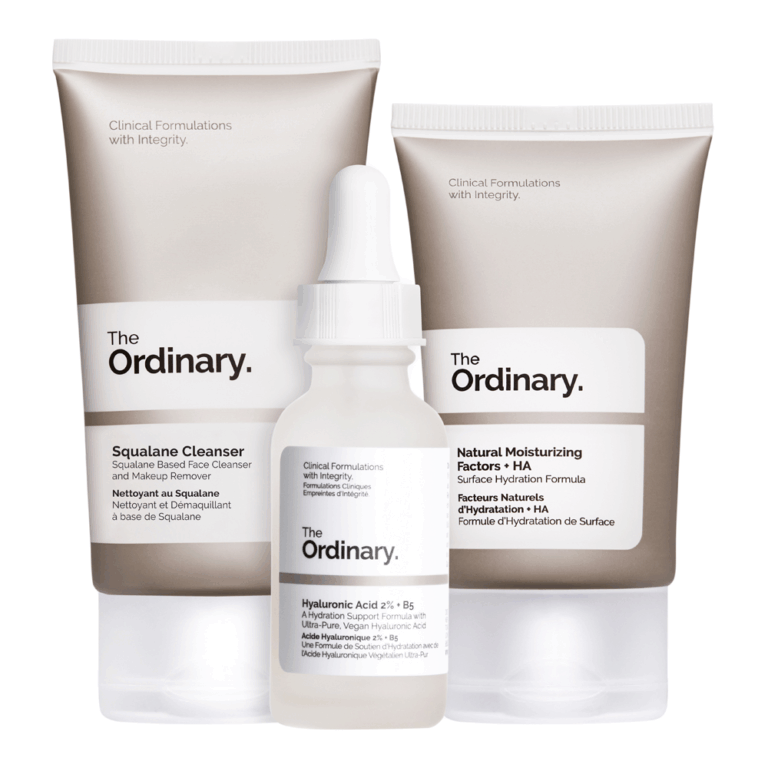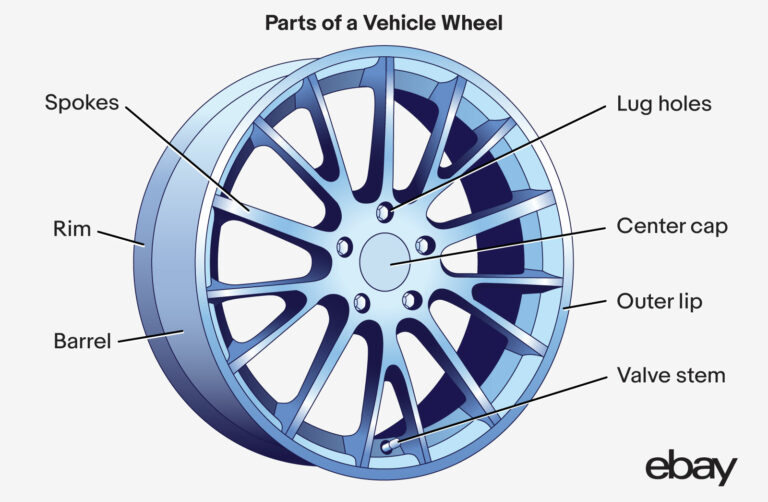What Is The Best Battery Brand For Car: A Comprehensive Guide to Powering Your Ride
What Is The Best Battery Brand For Car: A Comprehensive Guide to Powering Your Ride cars.truckstrend.com
The humble car battery, often overlooked until it fails, is the heart of your vehicle’s electrical system. It’s responsible for everything from cranking the engine to powering your lights, radio, and onboard electronics. When it comes to choosing a replacement, the question inevitably arises: "What is the best battery brand for my car?"
This isn’t a simple question with a single, universal answer. "Best" is subjective and depends heavily on a multitude of factors, including your vehicle’s specific requirements, your driving habits, the climate you live in, and, of course, your budget. This comprehensive guide will delve into the world of car batteries, exploring key brands, essential considerations, and practical advice to help you make the most informed decision for your automotive power needs.
What Is The Best Battery Brand For Car: A Comprehensive Guide to Powering Your Ride
Understanding Car Batteries: More Than Just a Box
Before we dive into brands, it’s crucial to understand what makes a car battery tick and what specifications truly matter.
- Cold Cranking Amps (CCA): This is perhaps the most critical specification. CCA measures the battery’s ability to start an engine in cold temperatures. Specifically, it’s the number of amperes a battery can deliver for 30 seconds at 0°F (-18°C) while maintaining at least 7.2 volts. Higher CCA is generally better, especially in colder climates, as engine oil thickens and battery power decreases when temperatures drop.
- Reserve Capacity (RC): RC indicates how long a fully charged battery can power essential accessories if your alternator fails. It’s the number of minutes a battery can deliver 25 amps at 80°F (27°C) before its voltage drops below 10.5 volts. A higher RC means more time to reach safety if you lose charging power.
- Battery Type:
- Flooded Lead-Acid (SLA): The traditional and most common type, these batteries contain liquid electrolyte. They are affordable but require occasional maintenance (checking water levels in some cases) and are sensitive to vibration and extreme temperatures.
- Absorbed Glass Mat (AGM): A step up from SLA, AGM batteries use a special fiberglass mat to absorb the electrolyte, making them spill-proof, vibration-resistant, and maintenance-free. They offer better starting power, faster recharging, and a longer lifespan, making them ideal for modern vehicles with start-stop technology or extensive electronics.
- Gel Cell: Similar to AGM in being sealed and maintenance-free, Gel batteries use a silica-gelling agent to make the electrolyte semi-solid. They are excellent for deep cycling (repeatedly discharging and recharging) but have lower CCA ratings and can be sensitive to overcharging. Less common for primary car starting batteries.
- Lithium-Ion (LiFePO4): Emerging in the automotive world, these batteries are incredibly lightweight, offer high CCA, and have a very long cycle life. However, they are significantly more expensive and often require a compatible charging system. Currently, they are mostly found in high-performance or luxury vehicles.

- Size (Group Size): Batteries come in various "group sizes" (e.g., Group 24, Group 34/78, Group 65) that correspond to specific dimensions and terminal configurations. Your vehicle’s manufacturer specifies the correct group size. Always match this.
- Warranty: A good warranty indicates the manufacturer’s confidence in their product. Look for full replacement periods and prorated periods.

Key Factors When Choosing a Car Battery Brand
Selecting the "best" brand isn’t about picking the most expensive or the one with the biggest ad campaign. It’s about finding the right fit.
- Vehicle Compatibility: Always consult your car’s owner’s manual or a reputable battery finder tool (available on most battery retailer websites). This will specify the correct group size, minimum CCA, and often the recommended battery type (SLA or AGM). Modern cars with complex electrical systems, start-stop technology, or numerous accessories often require an AGM battery.
- Climate:
- Cold Climates: Prioritize high CCA ratings. Batteries lose power in the cold, and engines are harder to start. Brands known for robust cold-weather performance are beneficial here.
- Hot Climates: Heat is a battery’s worst enemy, accelerating internal corrosion and evaporation. While CCA is still important, focus on batteries with good heat resistance and a solid warranty. AGM batteries generally perform better in extreme heat than flooded ones.
- Driving Habits:
- Short Trips/Infrequent Driving: If you mostly take short trips or your car sits for extended periods, the alternator may not fully recharge the battery. Consider a battery with a higher Reserve Capacity or invest in a trickle charger. AGM batteries also hold their charge better when not in use.
- Frequent Driving/Long Commutes: Most standard batteries will suffice, but a higher-quality battery can offer peace of mind and longevity.
- Warranty: A strong warranty (e.g., 3-year full replacement, 5-year prorated) can save you money if the battery fails prematurely. Pay attention to the full replacement period.
- Budget: While you don’t want to cheap out on something as vital as a car battery, there’s a range of prices. Balance cost with quality and features. Sometimes, a slightly higher initial investment leads to a longer-lasting, more reliable battery.

Top Contenders: Reputable Car Battery Brands and Their Strengths
While individual models within a brand can vary, these brands have consistently earned a reputation for quality and reliability. Many popular brands are manufactured by a few major players (e.g., Clarios, EnerSys, East Penn), but each brand maintains its own specifications and quality control.
- Optima Batteries: Famous for their unique SpiralCell Technology (a form of AGM), Optima batteries are instantly recognizable by their colorful tops (RedTop for starting, YellowTop for deep cycle/starting, BlueTop for marine/RV). They are known for high CCA, extreme vibration resistance, and fast recharging, making them popular among performance enthusiasts and off-roaders. They excel in harsh conditions.
- Odyssey Batteries (EnerSys): Considered a premium choice, Odyssey batteries are pure lead AGM batteries. They offer exceptionally high CCA, deep cycling capabilities, and a very long lifespan. They are built for extreme conditions and demanding applications, often found in heavy-duty vehicles, emergency services, and high-performance cars.
- ACDelco: As General Motors’ parts division, ACDelco batteries are often OEM (Original Equipment Manufacturer) for GM vehicles. They offer a range of flooded and AGM batteries known for their reliable performance and good value. They are a solid choice for many mainstream vehicles.
- Interstate Batteries: One of the most widely recognized and distributed brands, Interstate has an extensive network of dealers. They offer a broad range of batteries (flooded, AGM) for various applications. They are known for strong warranties and reliable performance, making them a go-to for many consumers seeking a dependable all-rounder.
- DieHard (Advanced Auto Parts/Clarios): With a long history, DieHard batteries have been a staple in the automotive aftermarket. Now primarily sold through Advanced Auto Parts (manufactured by Clarios), they offer various performance tiers (e.g., DieHard Gold, Platinum AGM) catering to different needs and budgets. They generally provide good CCA and RC for their price point.
- EverStart (Walmart/Clarios): Manufactured by Clarios (one of the largest battery makers), EverStart batteries are Walmart’s house brand. They offer competitive pricing and decent performance for everyday driving. While not top-tier in terms of extreme performance or longevity, they provide excellent value and wide availability, making them a popular budget-friendly option.
- Bosch: A global engineering and electronics company, Bosch also produces a range of high-quality car batteries, particularly well-regarded in Europe. Their batteries are known for reliability, good starting power, and robust construction, often favored for European makes and models.
- Exide: A global leader in battery manufacturing, Exide offers a comprehensive portfolio of batteries, including flooded, AGM, and gel. They are known for innovative technology and reliable performance across various vehicle types and applications, providing a strong option for many drivers.
- NorthStar (EnerSys): Another premium pure lead AGM brand manufactured by EnerSys, NorthStar batteries are built for extreme durability and performance. Similar to Odyssey, they offer superior CCA, deep cycling, and a longer lifespan, making them suitable for demanding applications and those seeking maximum reliability.
How to Choose the Right Battery Brand for Your Car
- Check Your Owner’s Manual: This is your primary source for the correct battery group size and minimum CCA requirements.
- Consider Your Climate: If you live in an area with harsh winters, prioritize higher CCA. If it’s very hot, look for brands known for heat resistance or consider AGM.
- Evaluate Your Driving Habits: Short trips or infrequent driving might benefit from an AGM battery or a trickle charger.
- Assess Your Vehicle’s Needs: Modern cars with many electronics, stop-start systems, or aftermarket accessories often perform best with an AGM battery.
- Compare Warranties: A longer warranty period is a good indicator of expected lifespan and manufacturer confidence.
- Read Reviews (Cautiously): While online reviews can be helpful, remember that individual experiences vary. Look for trends rather than isolated complaints.
- Consult a Reputable Auto Parts Store: Professionals can help you cross-reference your vehicle’s requirements with available options.
Installation and Maintenance Tips for Longevity
Even the best battery won’t last if not properly installed and maintained.
- Professional Installation: If unsure, have a professional install your new battery. Modern vehicles may require battery registration with the car’s computer system.
- Clean Terminals: Regularly inspect and clean battery terminals to prevent corrosion, which impedes current flow. Use a wire brush and a mixture of baking soda and water.
- Secure Mounting: Ensure the battery is securely mounted to prevent vibration, which can shorten its lifespan.
- Avoid Deep Discharges: Repeatedly running the battery completely dead significantly reduces its lifespan.
- Use a Trickle Charger: If your car sits for extended periods (weeks or months), connect a smart trickle charger to maintain its charge.
- Regular Checks: Have your battery tested annually, especially before winter or summer, at an auto parts store.
Common Challenges and Solutions
- Premature Failure: Often due to heat, vibrations, or repeated deep discharges. Solution: Choose an AGM battery, ensure secure mounting, and avoid draining the battery completely.
- Cold Weather Starting Issues: Insufficient CCA for the climate. Solution: Select a battery with a higher CCA rating, or consider a battery blanket/heater in extreme cold.
- Corrosion on Terminals: Normal but can impede performance. Solution: Regular cleaning and application of anti-corrosion spray or grease.
- Alternator Issues: A failing alternator can undercharge or overcharge the battery, leading to premature failure. Solution: Have your charging system tested regularly.
Estimated Price Table for Popular Car Battery Brands
Note: Prices are highly variable based on specific battery model (group size, CCA, RC), retailer, promotions, and location. These are general estimated price ranges for a common passenger vehicle battery (e.g., Group 34/78, 65, or 24/24F) with decent CCA (650-800 CCA). Always verify current prices with retailers.
| Battery Brand | Typical Price Range (USD) | Common Battery Type(s) | Key Strengths | Typical Warranty (Years) |
|---|---|---|---|---|
| EverStart (Walmart) | $100 – $180 | Flooded, AGM | Excellent value, wide availability | 2-3 (full replacement) |
| ACDelco | $120 – $220 | Flooded, AGM | Reliable OEM supplier, good all-rounder | 2-3 (full replacement) |
| Interstate | $130 – $250 | Flooded, AGM | Widespread availability, strong warranties, dependable | 2-3 (full replacement), 5-6 (prorated) |
| DieHard | $150 – $280 | Flooded, AGM | Long history, various performance tiers | 2-3 (full replacement), 5-6 (prorated) |
| Exide | $140 – $260 | Flooded, AGM | Global presence, reliable performance | 2-3 (full replacement) |
| Bosch | $160 – $300 | Flooded, AGM | High quality, particularly for European vehicles | 2-3 (full replacement) |
| Optima | $200 – $350+ | AGM (SpiralCell) | High performance, vibration resistance, deep cycle | 3 (full replacement) |
| Odyssey (EnerSys) | $280 – $450+ | Pure Lead AGM | Extreme performance, long life, deep cycle | 3-4 (full replacement), 5-6 (prorated) |
| NorthStar (EnerSys) | $280 – $450+ | Pure Lead AGM | Premium AGM, high CCA, durability, long life | 3-4 (full replacement), 5-6 (prorated) |
Frequently Asked Questions (FAQ)
Q1: How long do car batteries typically last?
A1: On average, car batteries last between 3 to 5 years. However, this can vary greatly depending on climate (heat is the biggest killer), driving habits, battery type, and maintenance.
Q2: What is the difference between CCA and RC?
A2: CCA (Cold Cranking Amps) measures the power available to start your car in cold weather. RC (Reserve Capacity) measures how long your battery can power essential accessories if your alternator fails. Both are important, but CCA is usually prioritized for starting power.
Q3: Do I need an AGM battery?
A3: If your vehicle came with an AGM battery from the factory, or if it has start-stop technology, a large number of electronics, or you live in an extreme climate, then yes, an AGM battery is highly recommended or even required. They offer better performance, longer life, and are maintenance-free. For older, simpler cars, a high-quality flooded battery might be sufficient.
Q4: Can I replace a flooded battery with an AGM battery?
A4: In most cases, yes, you can upgrade a flooded battery to an AGM battery of the same group size and CCA rating. However, some older vehicles or those with specific charging systems might not fully optimize an AGM’s benefits. Always consult your vehicle’s manual or a professional.
Q5: Where is the best place to buy a car battery?
A5: Reputable auto parts stores (e.g., Advanced Auto Parts, AutoZone, O’Reilly Auto Parts), big-box retailers (Walmart, Costco), and specialized battery stores (e.g., Batteries Plus Bulbs) are good options. Buying online is also possible, but shipping batteries can be costly and inconvenient for returns. Always check the manufacturing date.
Q6: How can I tell if my battery is dying?
A6: Common signs include slow engine cranking, dimming headlights when starting, the "check engine" or battery light illuminating, or needing frequent jump starts. You can also get it tested at most auto parts stores for free.
Q7: What is the manufacturing date on a battery?
A7: This is crucial! Batteries lose charge and capacity over time, even when sitting. Look for a sticker or code that indicates the month and year of manufacture (e.g., A/19 for January 2019, or a numerical code). Try to buy a battery manufactured within the last 6 months.
Conclusion
There isn’t one single "best" car battery brand that fits every vehicle and every driver. The optimal choice is a blend of your car’s specific requirements, your local climate, your driving habits, and your budget. By understanding key battery specifications like CCA and RC, recognizing the strengths of reputable brands like Optima, Odyssey, Interstate, and DieHard, and following practical advice for selection and maintenance, you can confidently choose a battery that will reliably power your ride for years to come. Invest wisely, and your vehicle will thank you with consistent, trouble-free starts.





